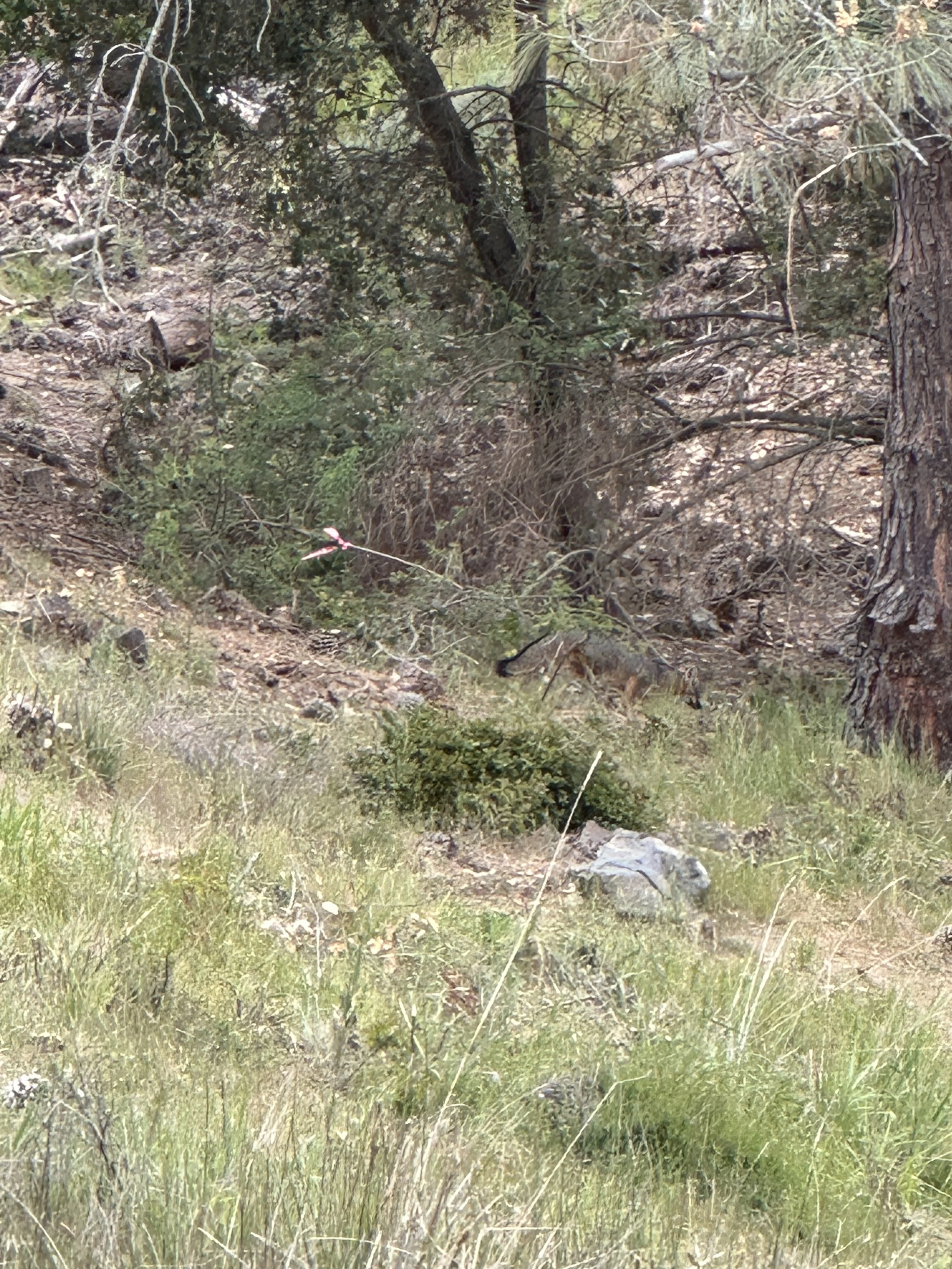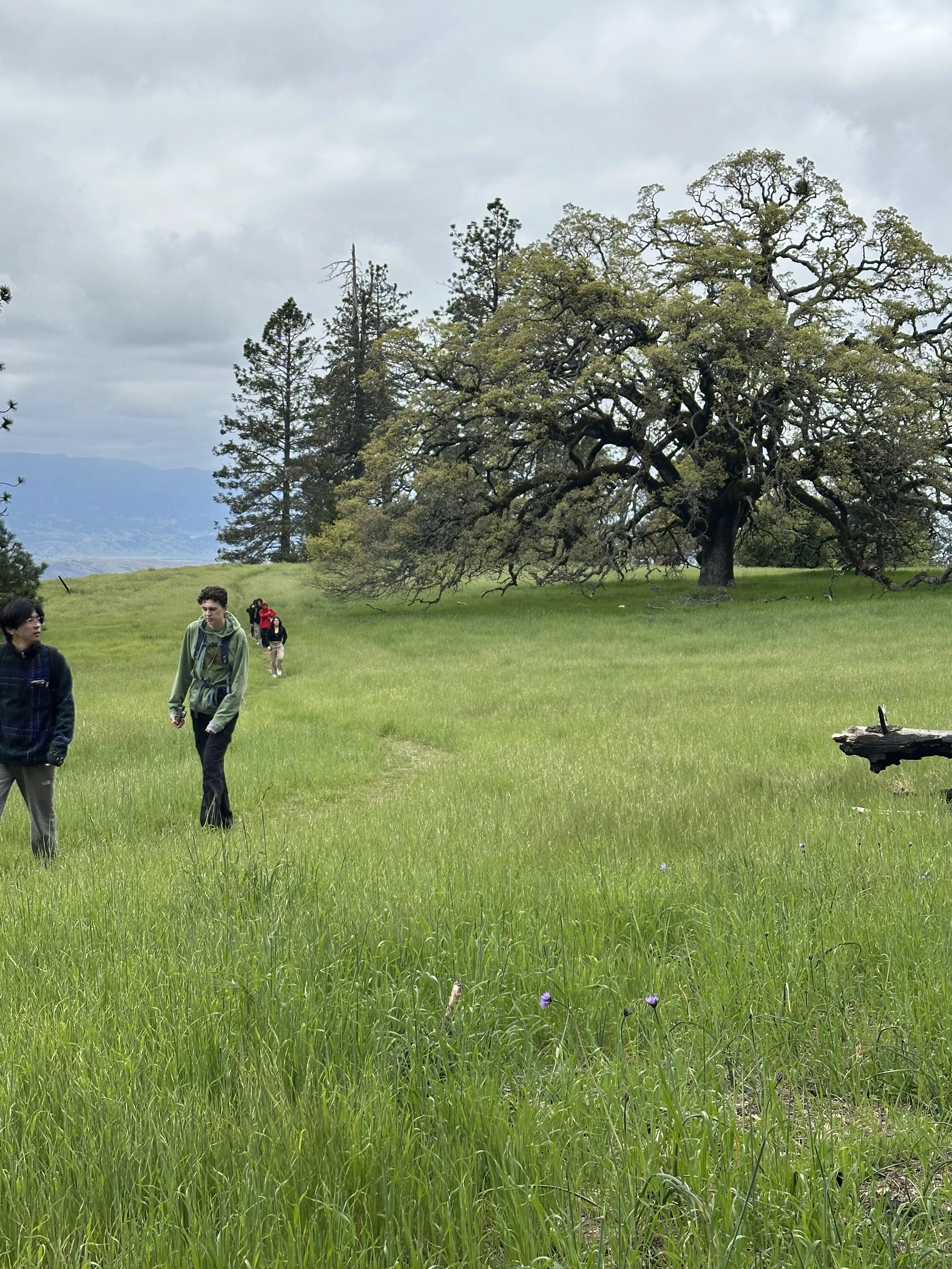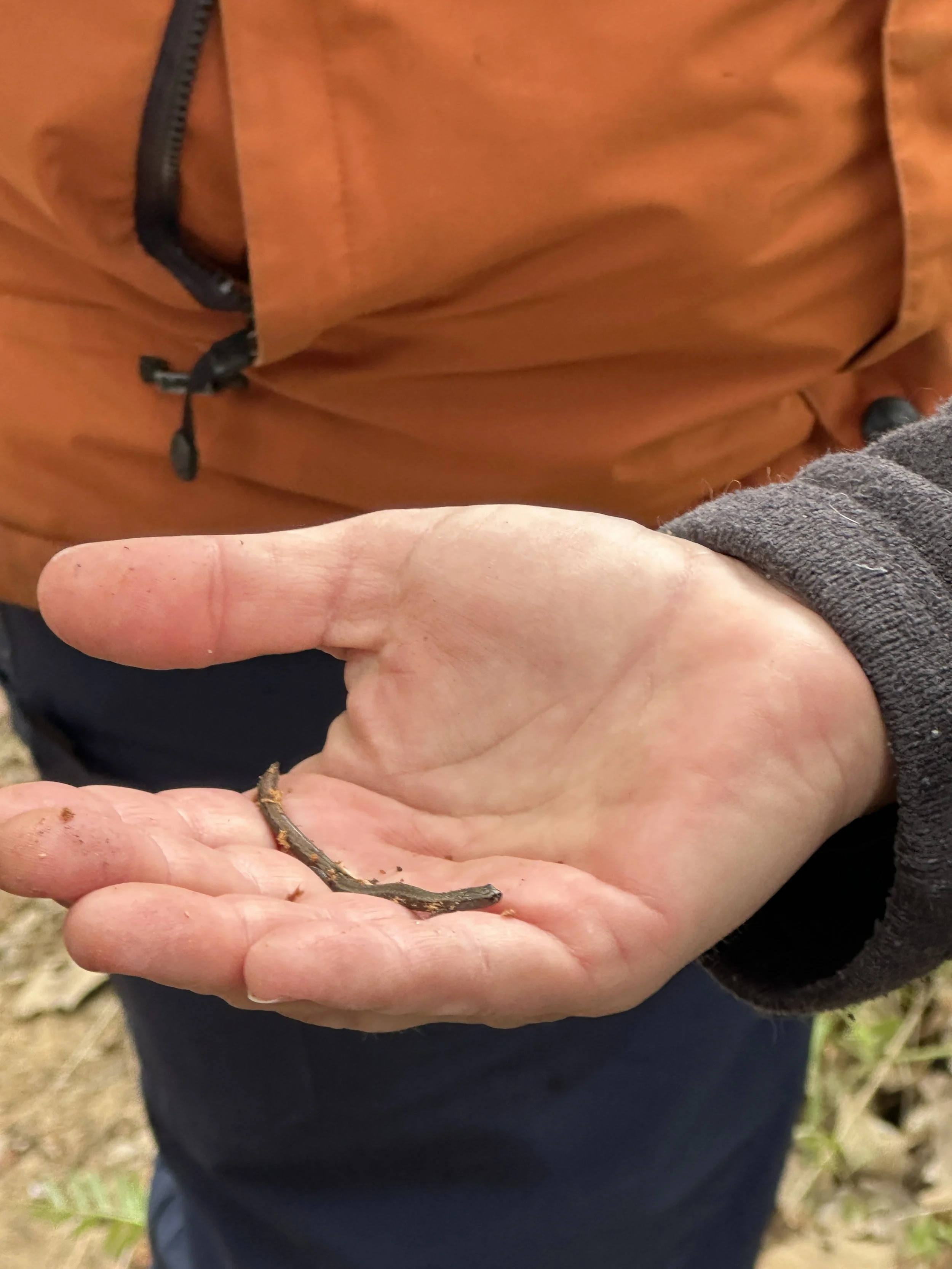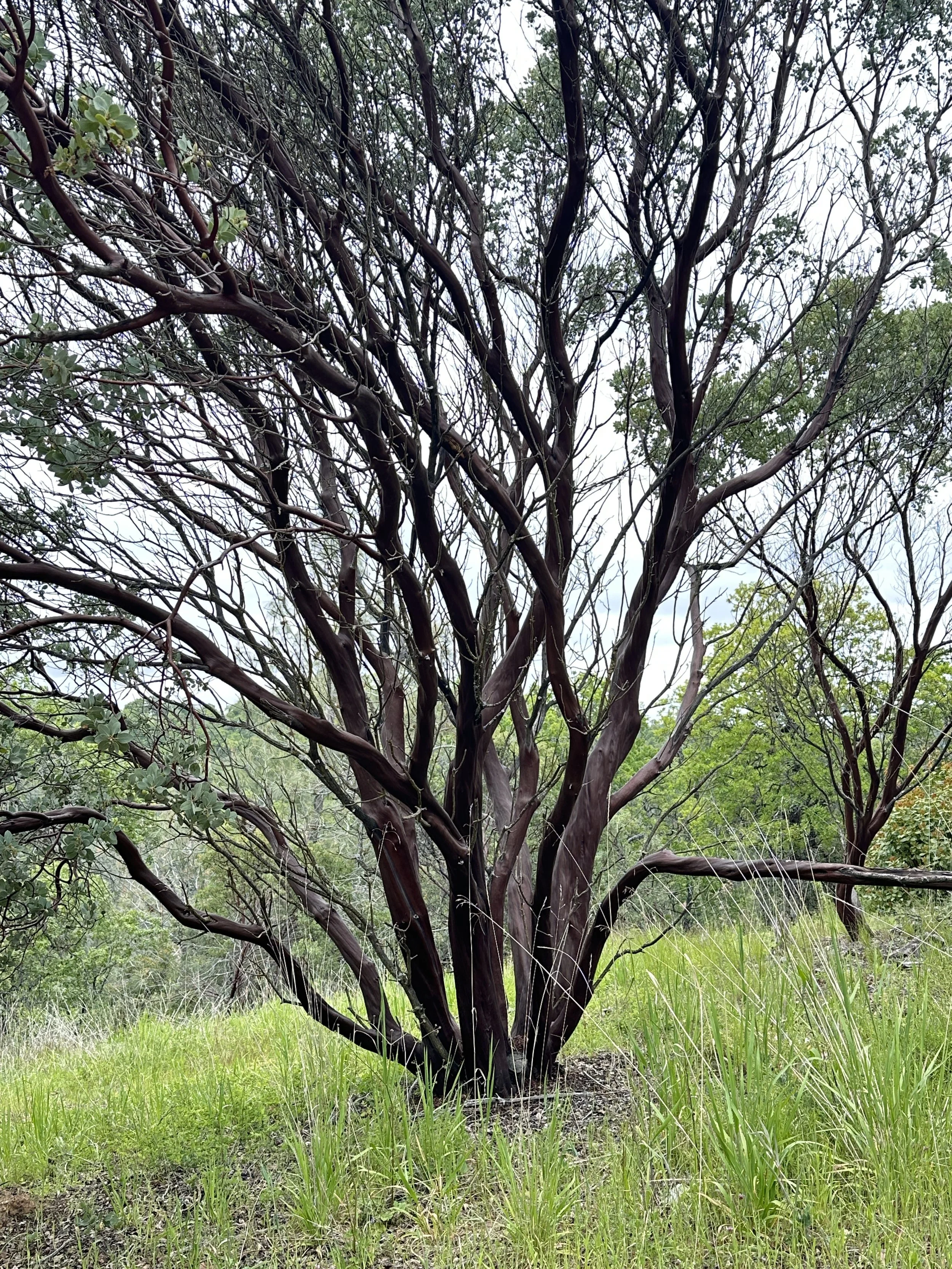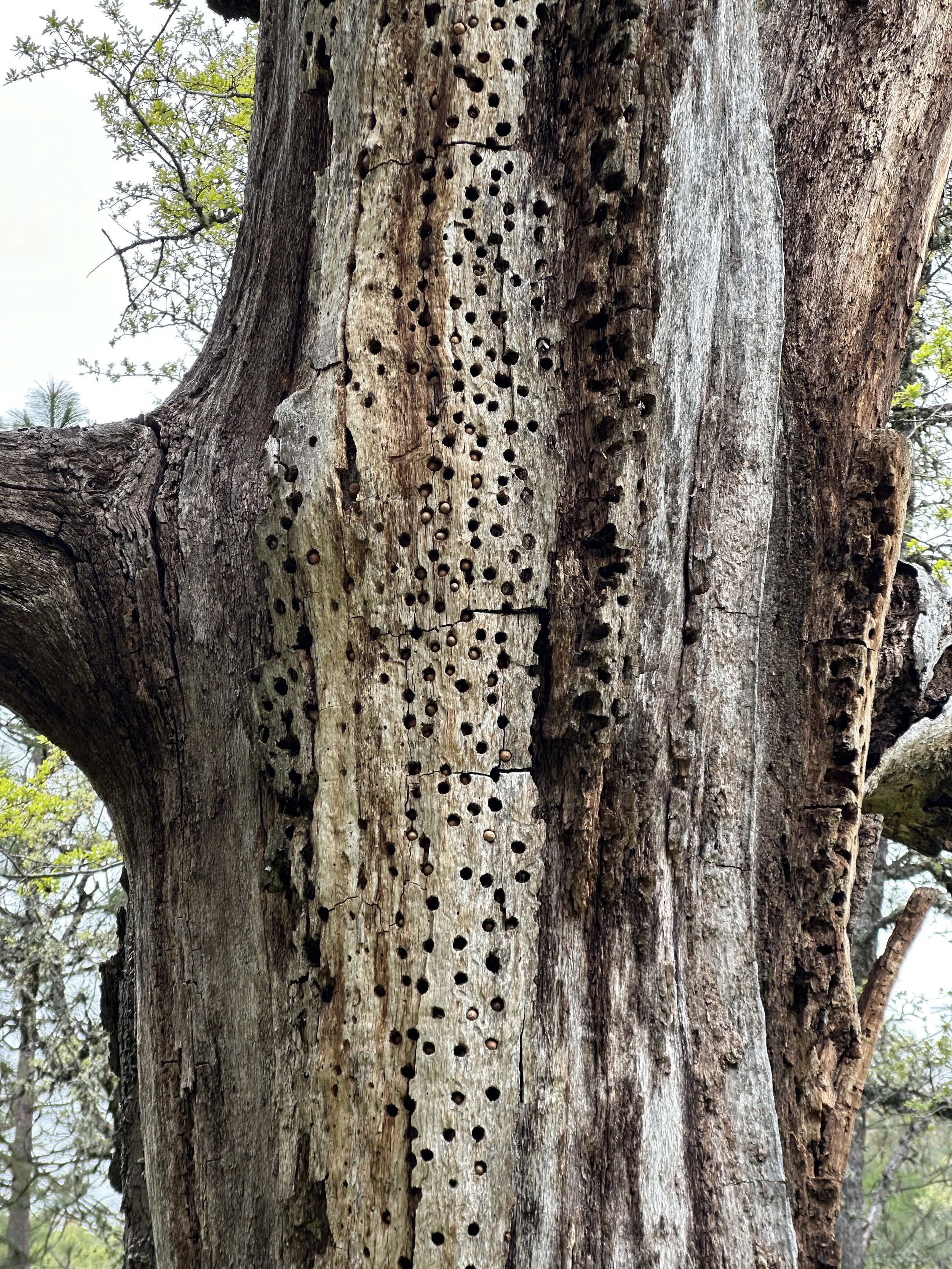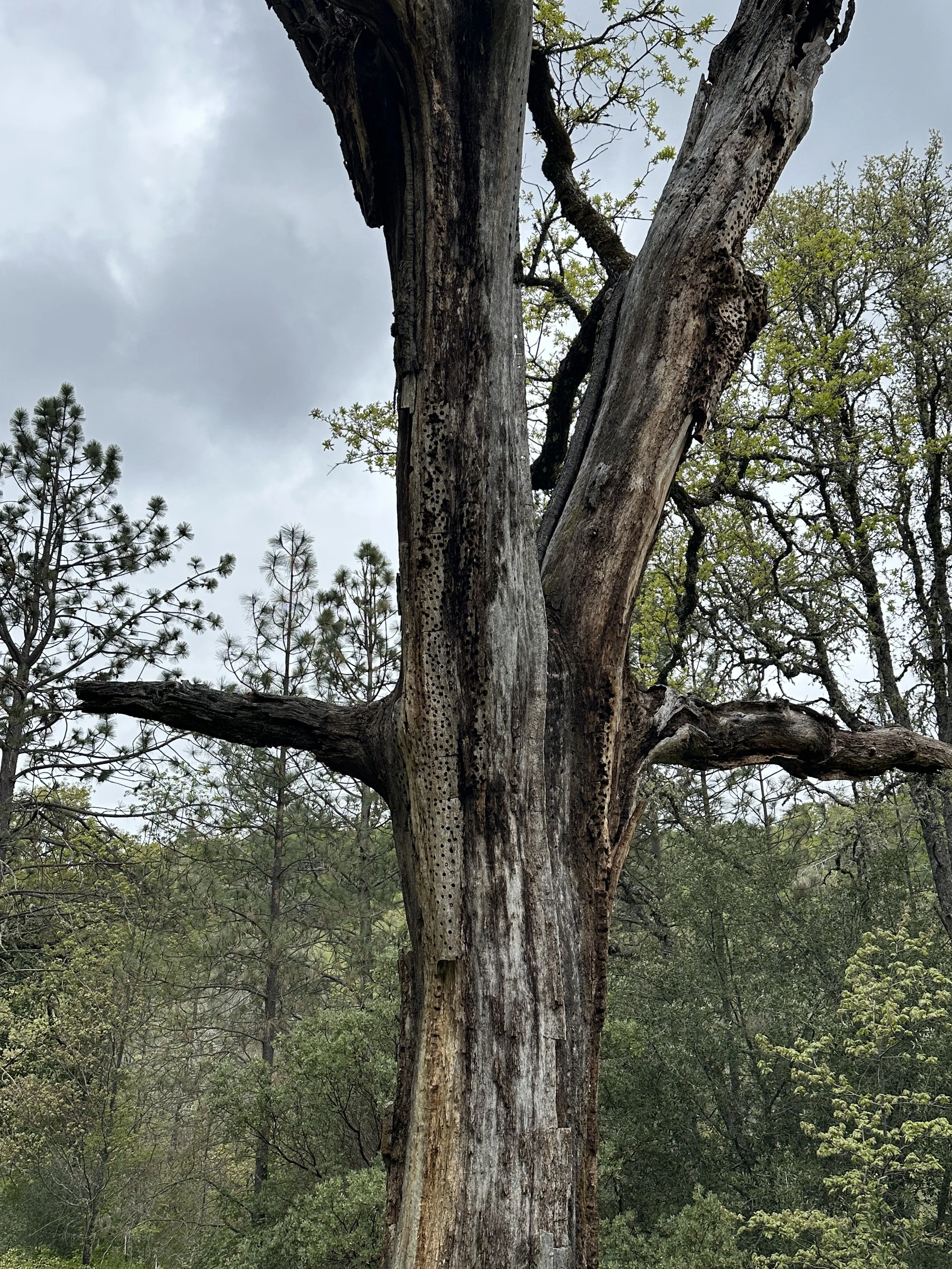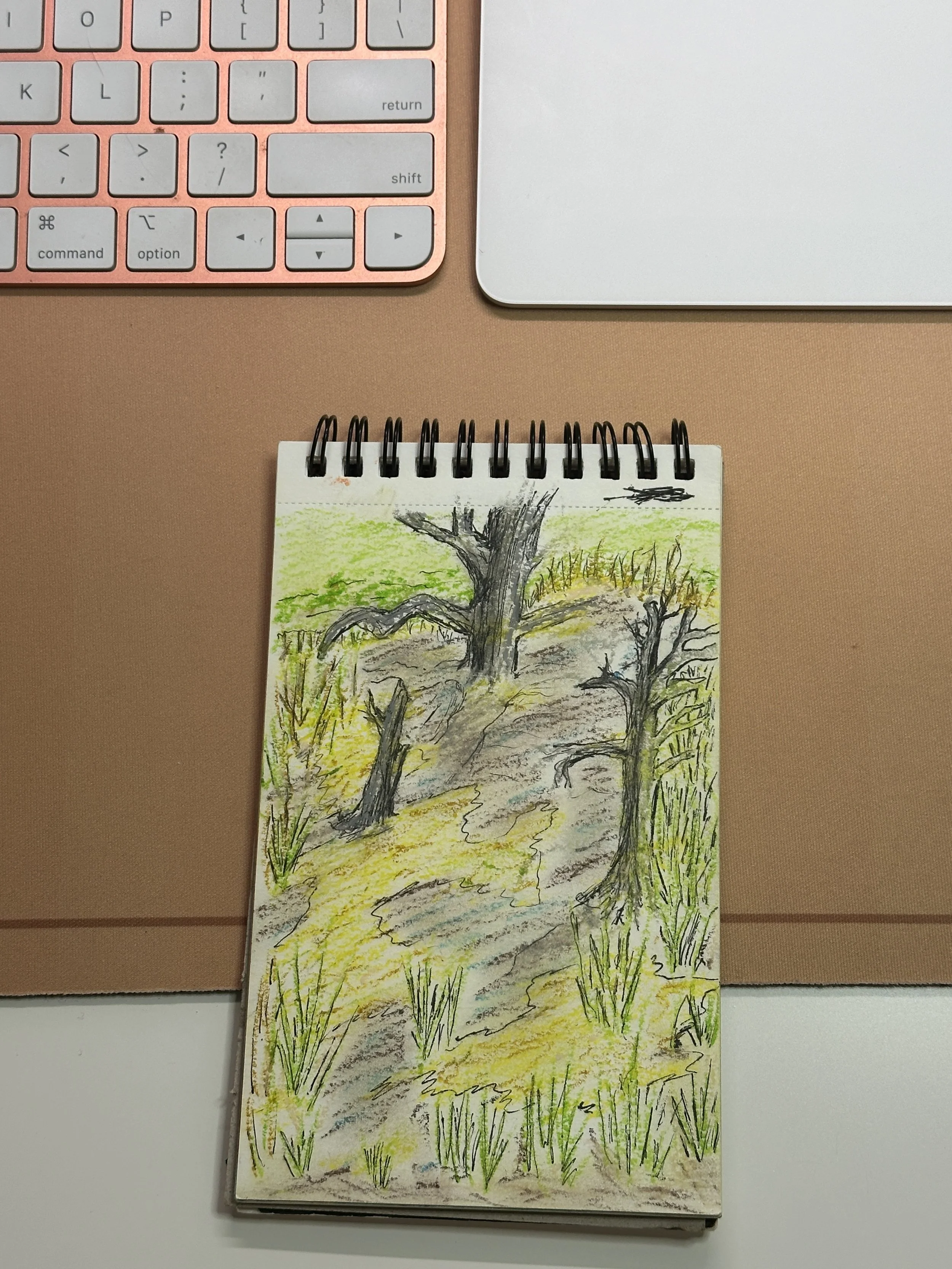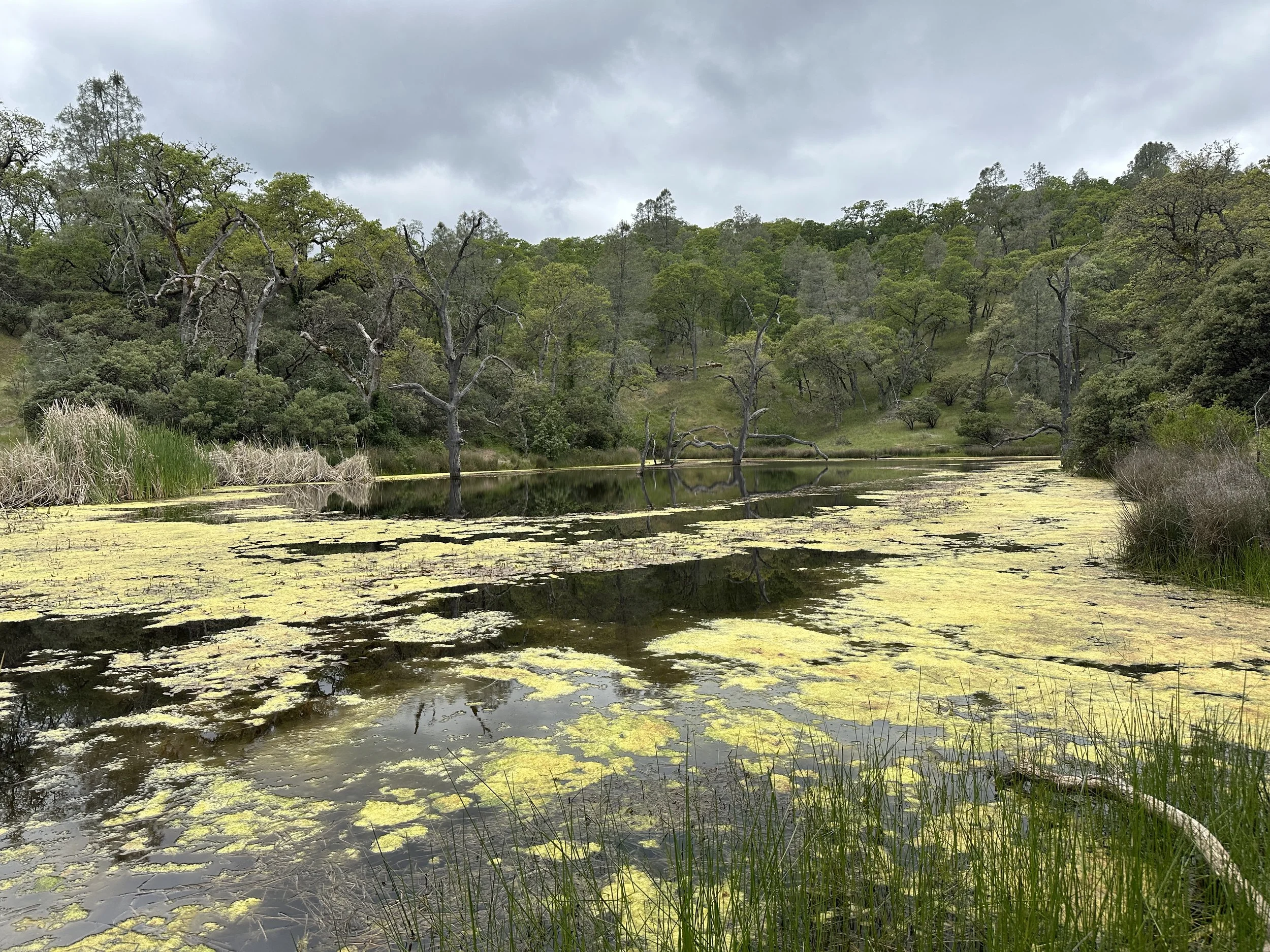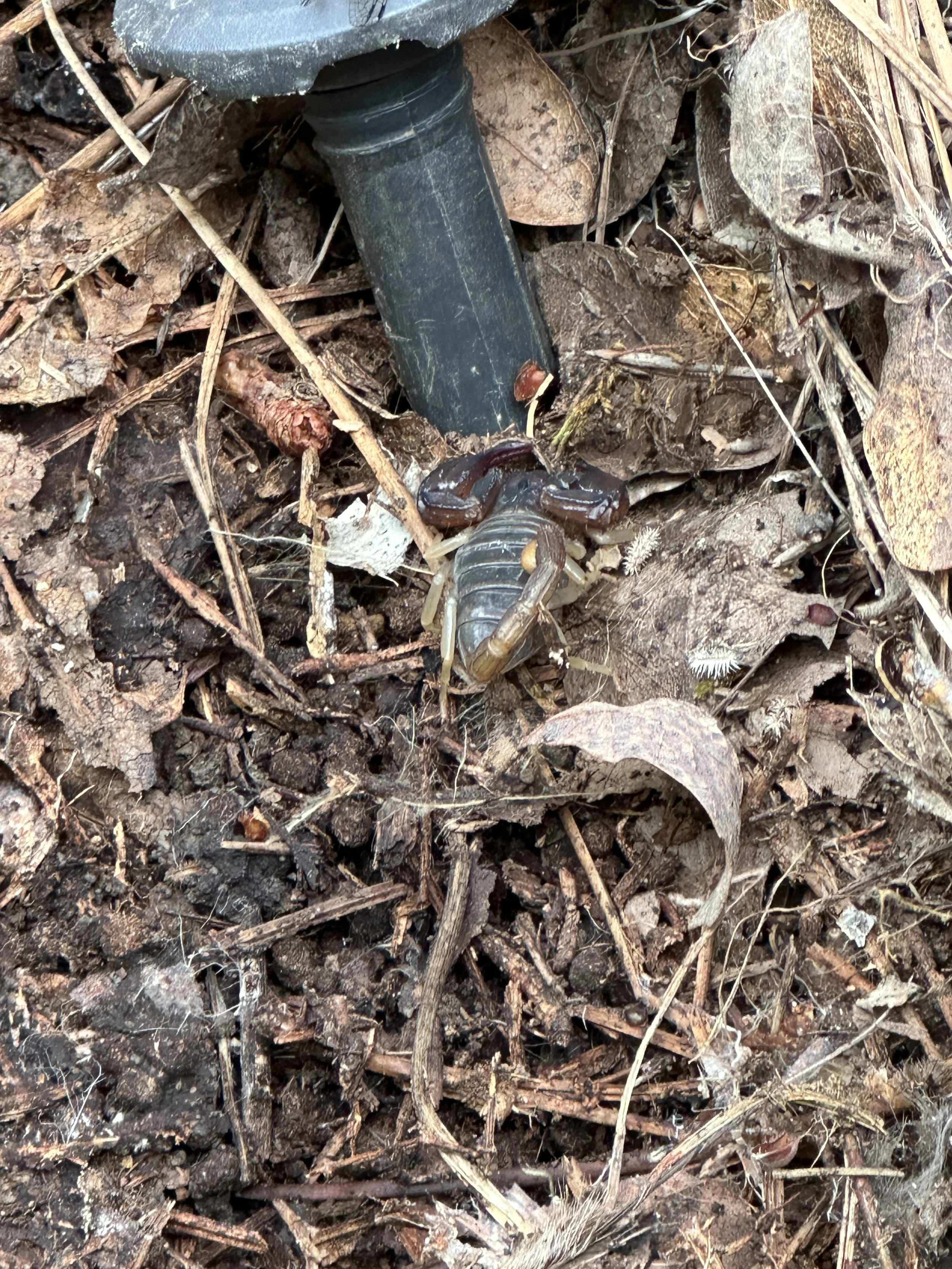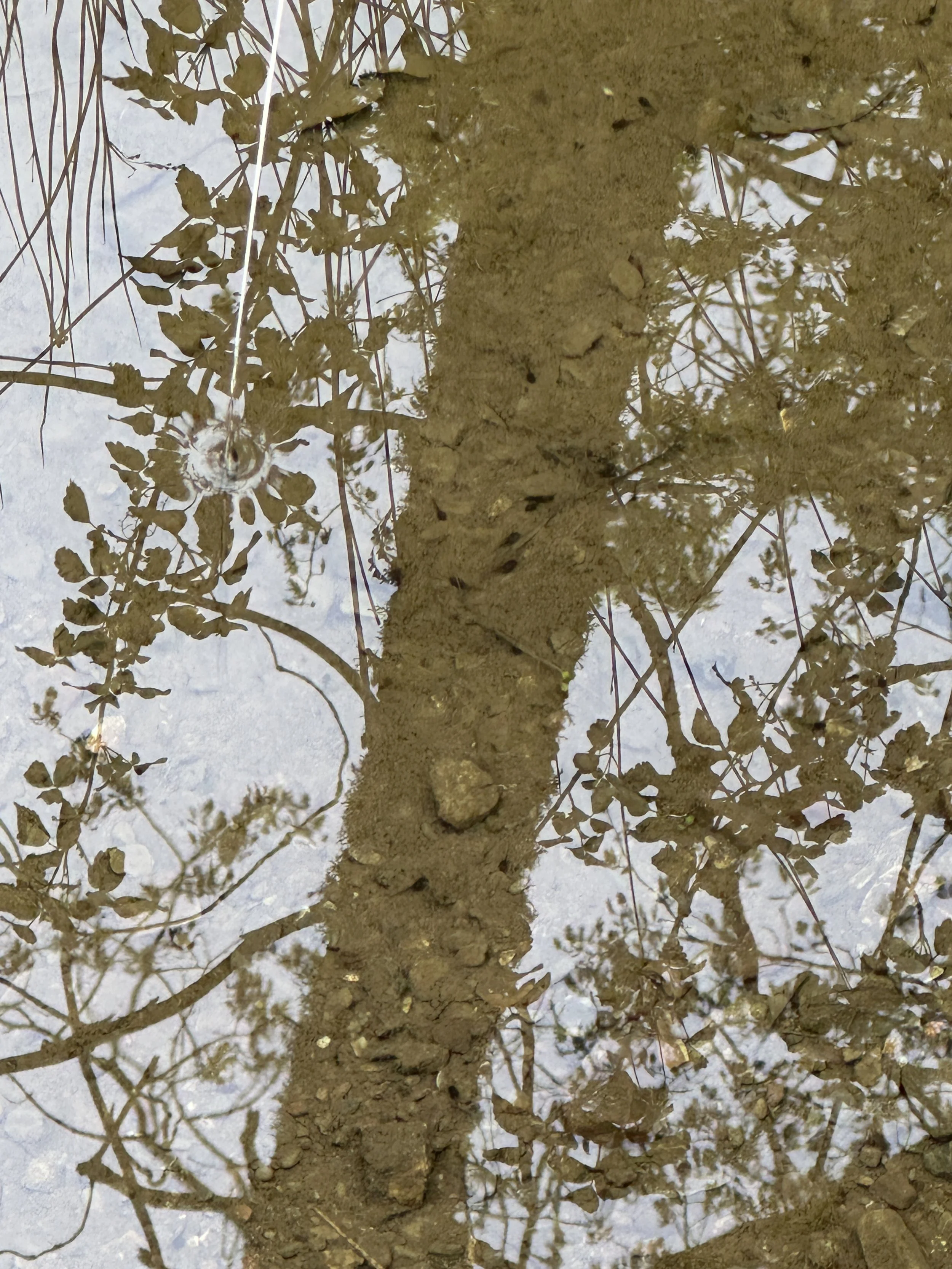Ecological Musings: Henry Coe State Park, Morgan Hill, CA -- April 25th, 2025
Background:
I’m currently taking a California Ecology class. One of the class assignments is to keep a field journal of each of our weekly trips. Today’s journal is about our long hike across Henry W. Coe State Park in Morgan Hill, CA.
Baseline Data
Name: Henry Coe State Park
Address: Visitor Center, Coe Ranch Campground, 9000 E Dunne Ave, Morgan Hill, CA 95037
Coordinates: 37.1875° N, 121.5467° W
——
🌤️ Weather Overview
Temperature:
Morning (9:00 AM): Approximately 55°F (13°C)
Afternoon (4:00 PM): Approximately 66°F (19°C)
Cloud Cover: Partly cloudy throughout the day
Wind:
Direction: West to Northwest
Speed: 5—10 mph
Humidity: Ranged from 60% in the morning to 40% in the afternoon
Precipitation: No precipitation reported
This hike was long, but pretty cool overall. We started off the hike by seeing a fox scurrying away from us.
A gray fox scurrying away from us.
Did you know that some species of foxes are working towards domesticating themselves? Human beings have destroyed so much of their existing habitat that they are now being forced to adapt. I wonder if this is us witnessing evolution in real time.
We then trekked up hill and found a sit spot overlooking the park. There we encountered an absolutely stunning Valley Oak Tree.
Valley Oak
This tree caught my eye in particular because, structurally, it reminded me of a willow tree. It had that same expansive sprawl that willows often have. I decided to draw it in my field journal:
A 7-minute oil pastel drawing I did during one of our “sit spots” on the hike. This portrays a blue oak tree against the backdrop of hills and a cloudy sky.
We then trekked on and encountered some more really cool sights. We an adorable Slender salamander, encountered a number of manzanita trees, and even happened across a particularly fascinating natural phenomenon: a woodpecker granary.
Woodpecker granaries occur when woodpeckers carve holes into trees and fill those holes up with acorns. Each group of woodpeckers works together to defend their collection of acorns. These acorns are stored over many generations for a source of food over the winter.
A 7-minute oil pastel and pen drawing I did at one of our “sit spots” during the hike. This one is of Frog Lake at Henry Coe.
My favorite part of the hike, however, was once we got to Frog Lake. The lake itself was quite beautiful and serene. I enjoyed sitting in silence while eating my lunch on a rock right in front of the water. The best part, that I unfortunately was unable to capture, was when I little frog popped its head out of the water and we stared at each other for a good few seconds before it plopped right back into the water. That was lovely.
I took the opportunity, at the lake, to sit and draw what I could with my oil pastels.
Frog Lake
As we were leaving the lake, we encountered a ground squirrel that began beginning us for food. In areas where squirrels have grown comfortable with people, they have learned that people can be a pretty solid source of food. We were informed not to feed them, however, as this can make them too reliant on humans and also eventually leads to some squirrels biting the humans that don’t feed them.
As the hike progressed, we came across a few other different species. We saw a scorpion, some baby mice nestled underneath a log, and a few tadpoles under the water.
The temperature was relatively cool and so the hike itself was quite pleasant. Overall, it was a long hike, but a good one.
